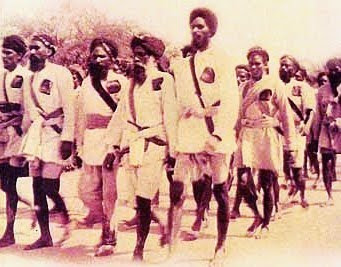Reforming Temple Administration in India Part II - Learning from the Management of Sikh Gurdwaras
Gurdwara Sisganj Sahib in Delhi (Courtesy: Wikipedia) In the first part, we had a brief glimpse of the history of the Akali movement to wrest gurdwaras in Punjab out of government control. In this part, we shall have a look at the administrative models arising from the movement, which have seen several amendments over time, but have remain pretty much the same in principle and spirit since 1925. We shall elaborate particularly on two aspects of gurdwara management and administration set up, namely the constitution of the Boards as well as the management of the properties and finances of the gurdwaras. We shall also examine the criticisms obviated by such models, and explore the key takeaways for Hindu religious institutions in order to propose alternatives to the current governance model that we see with temples. The Administrative Models of Gurdwaras in India - Observed Differences There are gurdwaras across all parts of India, and that has meant that the way many of them ru

